Our advocacy efforts in Europe
The welfare of horses during transportation - working towards better standards.
Posted on 17/07/2025
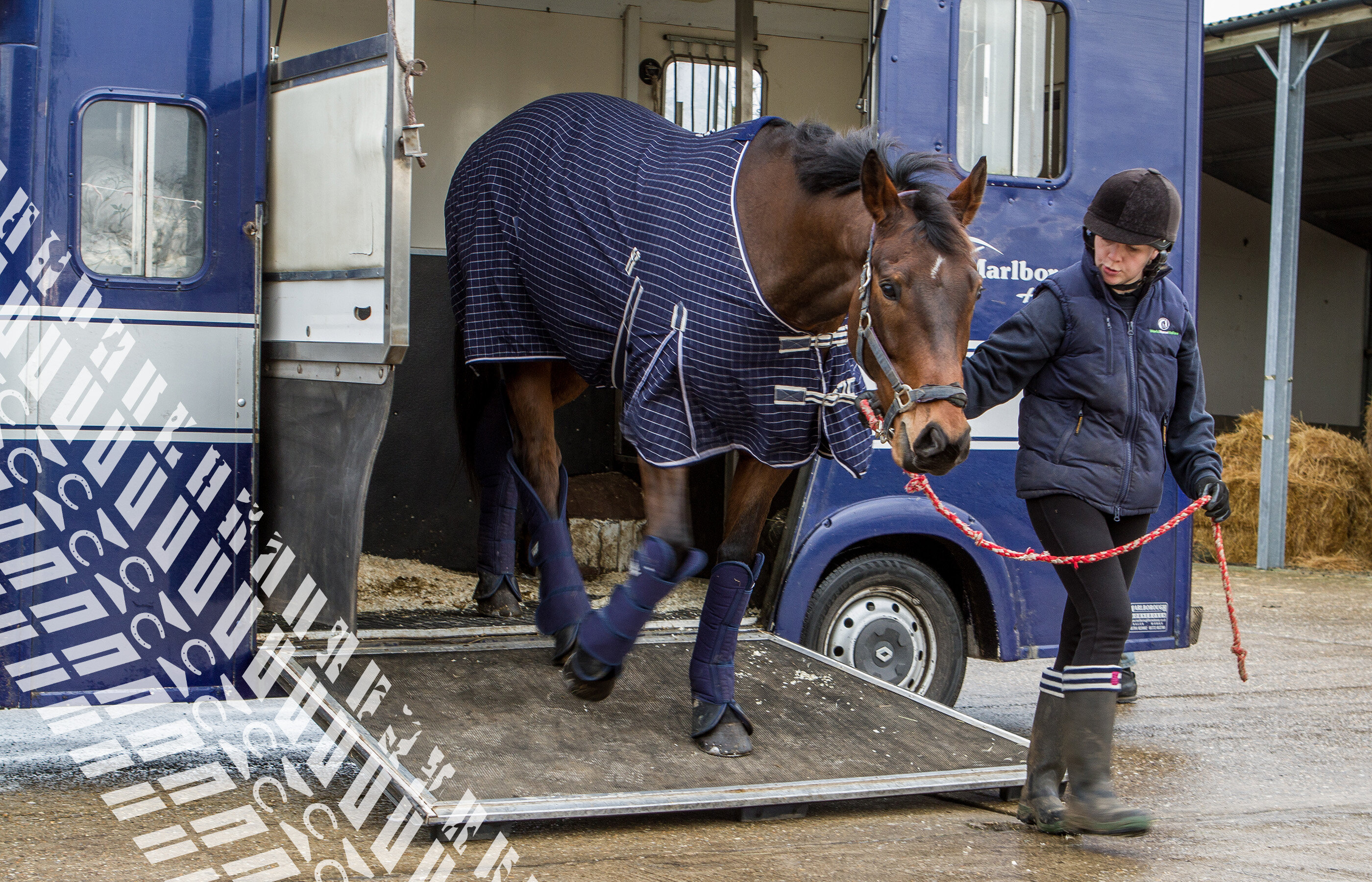
In her last blog, our EU Public Affairs Officer, Sandra Zafra, gave an update on our (nearly) century long commitment to end the long-distance transport of horses across Europe to slaughter. This included the good news that a 9-hour journey limit to slaughter was proposed by the European Commission in their new welfare during transport laws.
Sandra also touched upon the wider benefits that this legislation could have to all horses, ponies, donkeys and mules being transported commercially. We catch up with her again to find out what our charity has been doing to influence this proposed legislation and learn more about how it could improve welfare during transport for horses more generally.
A step in the right direction
Horses are arguably the most transported animals in the world and may be transported many times during their lives for various reasons, including sports, leisure, veterinary care, breeding, racing and slaughter. Significant strides have been made in ensuring their transportation is conducted in good conditions, but every journey is a potential source of stress for a horse – with every movement increasing their susceptibility to disease, injury, exhaustion and dehydration.
Regardless of the purpose of their journey, all horses deserve basic legal requirements to ensure their welfare is protected. Alongside the 9-hour journey limit to slaughter, the proposed legislation put forward by the European Commission also increases space allowances for horses inside vehicles to enable them to balance better and ensures that transporters log and monitor the weather forecast throughout journeys – the aim of which is to encourage them to put measures in place to protect horses if temperatures increase or decrease substantially during the planned journey.
Addressing concerns and ensuring practicality
While many of the proposed provisions to improve animal welfare during transport are encouraging, the requirements fail to acknowledge that horses have specific behaviours and needs that set them apart from other livestock. For instance, horses can remain comfortable without much effort in a temperature range of 5C-25C (their thermoneutral zone) and can be rugged in very cold weather, so the EC proposal to ban transport of animals when it’s -5c to 30 outside doesn’t necessarily make sense for horses and could create real problems while providing no welfare benefit. Also, basing the law on the external temperature – rather than the temperature inside the vehicle which is what would actually affect the welfare of the horse – will not necessarily improve welfare, especially since vehicles can often maintain internal temperatures within an appropriate range. So the proposed law can definitely be improved for horses.
Our infographic below highlights parts of the law we fully support and the changes we would like to see made.

The other significant aspect of the proposed law that we think needs to be reconsidered is that most movements of horses would be excluded from most of its provisions. In other words, horses transported for cultural events, leisure or sport or many other commercial activities will not be covered by the detailed measures outlined in the legislation, including those around journey times and movements in extremely hot temperatures. Instead, they will only be covered by generic requirements such as horses not suffering unnecessarily during transport or means of transport being adequate to avoid injuries to the animals. This is a big step back in protection from existing law.
We know from previous experience that such generic provisions can result in wide variations between member states due to the way they interpret and enforce this requirement, with some imposing stricter measures than others. This not only creates uncertainty for anyone transporting horses compliantly, particularly for those moving between different EU countries, but also creates loopholes that unscrupulous traders can exploit as they transport their horses in less than satisfactory conditions.
We know that smugglers already take advantage of the lack of individual traceability of horses and the insufficient enforcement of the current welfare during transport rules, and we do not want new laws to facilitate this horrific trade further. The two cases of smuggled horses that our charity has been involved with and rescued horses from – the Dover 26 and the Trafficked 20 – were both declared as originating in Ireland and found as they were being exported to France from Dover, with both stopped due to concerns around welfare during transport. These horses were declared as moving for reasons that would be excluded under the proposed EU legislation (anything other than breeding, sales or slaughter) and would likely be considered ‘low risk’ and not a priority for enforcement agencies to check.
As a charity, we believe that removing this exclusion is essential, but it must be done thoughtfully to avoid placing undue strain on the horse world. Let us remember: a horse is a horse, regardless of its purpose or use. It is our goal to ensure their welfare remains a priority in every journey they undertake.
Ensuring a voice for all horses in Europe
The proposed legislation to improve welfare during transport applies not only to horses but to all farmed livestock. This means that the 9-hour journey limit to slaughter applies equally to animals such as pigs and cattle, as it does to horses. As currently written, if policymakers cannot agree that 9 hours will work for another species of animal, then it is highly likely that the measure will fall for all animals, including horses, unless species-specific requirements are introduced.
World Horse Welfare remains committed to ensuring that equine welfare is not lost amongst discussions around other animals, but that horses have a strong voice in Europe. We are doing this through our work with the equine industry (as the only welfare member organisation of the European Horse Network) to identify points of commonality and to ensure our proposals are practical, and also via the Eurogroup for Animals (an association that represents animal protection organisations across Europe) who regularly engage with MEPs, the European Commission and policy makers in EU member states.
This is a once in a generation opportunity to finally achieve our goal of ending the long-distance transport of horses to slaughter, while ensuring provisions are in place to protect all horses, ponies and donkeys transported. We are committed to doing everything we can to create a system where equines are not merely transported but cared for, respected, and protected every step of the way. Alongside our work with other NGOs and the equine industry, we have also committed significant resource to engaging directly with MEPs and policy makers in EU Member States, including from France, Ireland and Spain, to discuss our evidence-based recommendations.
A long journey ahead
We are just at the start of what is likely to be a long political process. Both the European Parliament and Council of the European Union (where national ministers and experts from each EU member state meet to negotiate EU laws) must agree their own respective positions on the proposed legislation. Discussions will then be held between the two bodies, plus the European Commission, to see if agreement can be reached.
In the European Parliament, this process is split into stages and amendments have just been tabled by MEPs in the Agriculture and Rural Development and the Transport and Tourism Committees. Lead MEPs for the welfare during transport file (called rapporteurs and shadow rapporteurs) are now going through the huge number of amendments tabled – over 3,000 – to see if agreement can be reached on which should be adopted to form the Committees’ position.
We have also been working our way through these amendments to identify those we support and those that would negatively impact horse welfare. There is huge diversity of opinion on all the provisions included in the proposed legislation and while this may be a challenge, it is also an opportunity to influence the aspects of the text that simply are not fit-for-purpose and/or wouldn’t protect equine welfare. Hopefully by the autumn, if not the end of the year, the Committees will have agreed what changes they would like to make to the Commission’s proposed legislation. The updated legislation will be placed before the whole European Parliament for further amendments to be tabled and then will be voted upon. If consensus is reached, then this will become the European Parliament’s position.
What happens next?
It is clear that this is a marathon and not a sprint. We need to keep up sustained pressure on MEPs and EU national governments to ensure that horses remain on the agenda. We can only do this with the support of people like you.
If you live in the EU, you can take our action now to write to your MEP to encourage them to support amendments that prioritise equine welfare.
If you don’t live in the EU but know someone who does, then sharing our action with just one person can make a huge difference.
World Horse Welfare is dedicated to promoting equine welfare and ending the long-distance transport of horses for slaughter. Through research, advocacy, and public engagement, we are working to ensure that every horse in Europe is given the protection they deserve.
Topics
Related Blog Posts
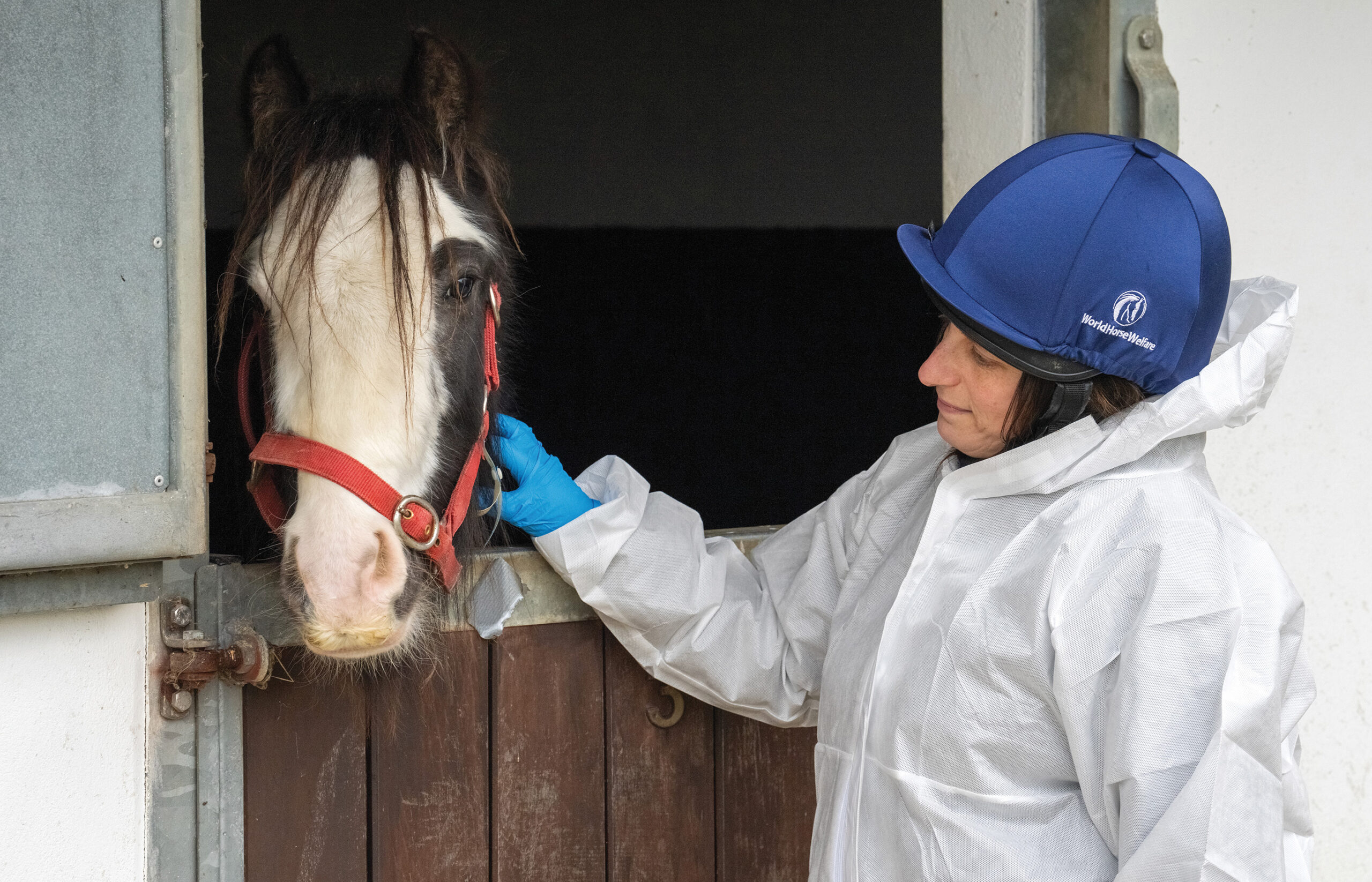
The Trafficked 20 – what do we know so far?
Our Head of Public Affairs brings us up to date with what we currently know about the horses rescued from illegal smuggling.
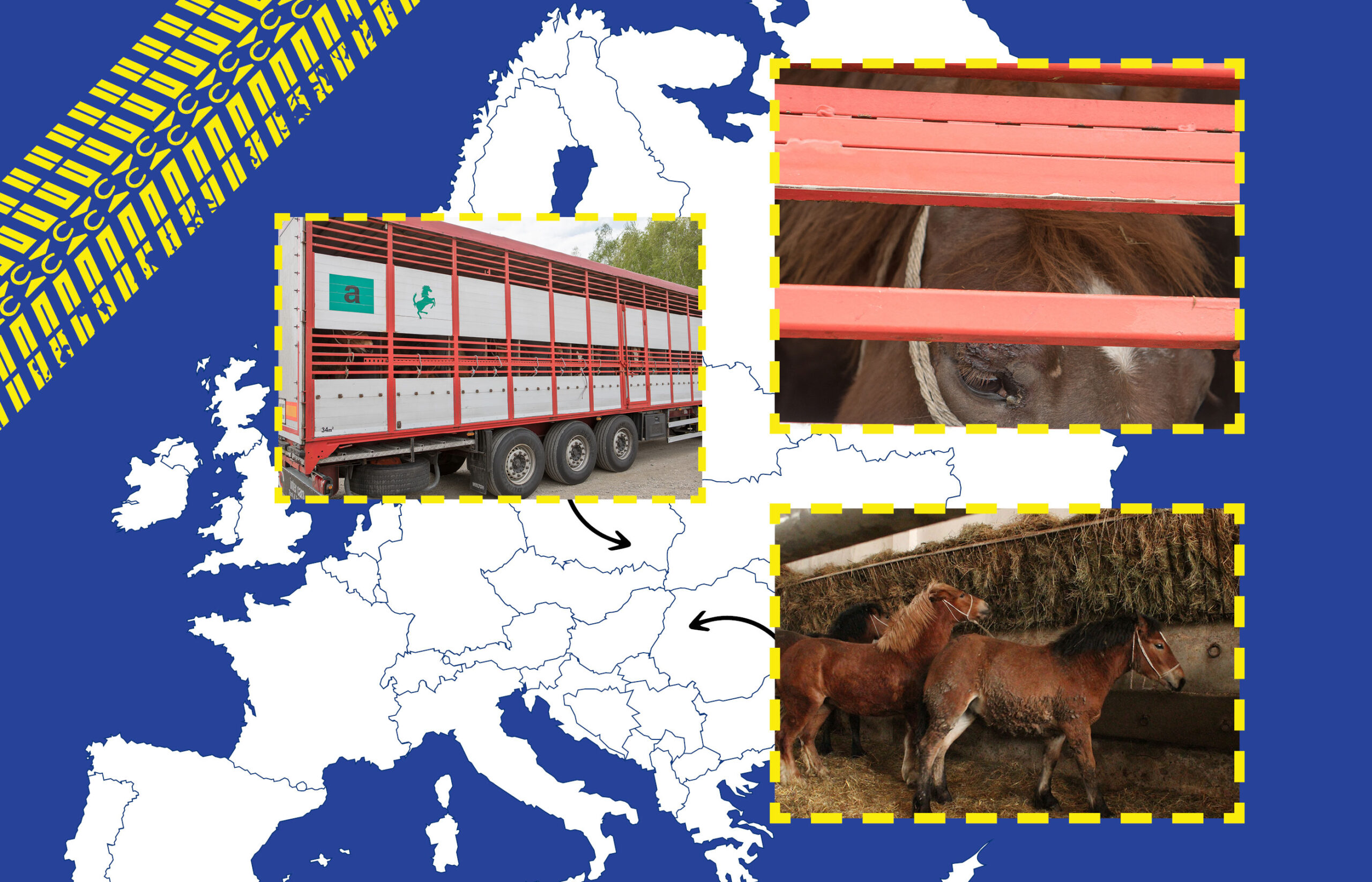
A (nearly) century long commitment
Ending the long-distance transport of horses for slaughter.
Recommended News Articles

New research shows obesity is not just a growing problem for humans
Equine obesity is an increasing but under-recognised welfare issue in the UK.
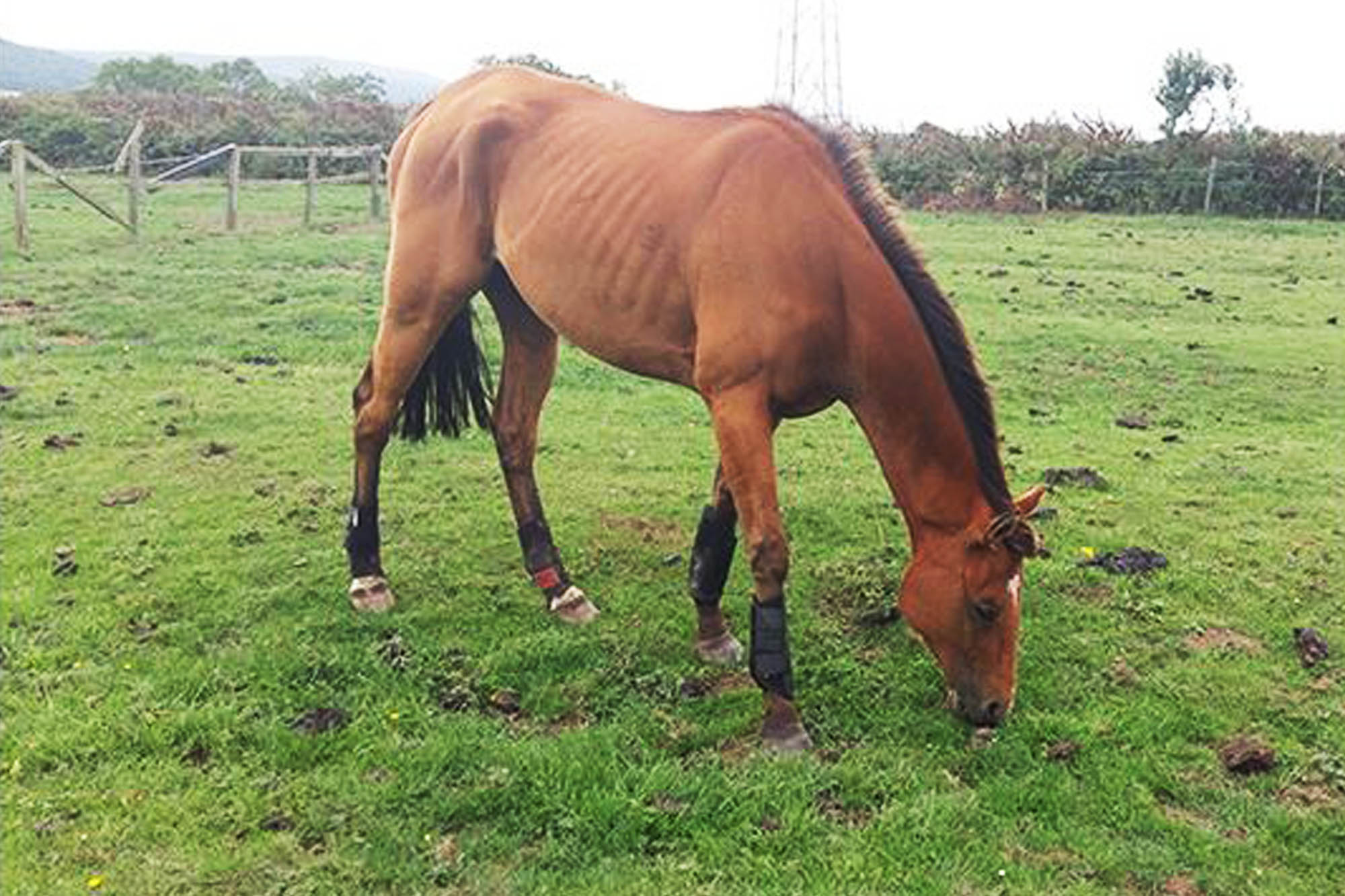
Announcement on new bill enabling tougher prison sentences for worst animal cruelty offences welcomed
The new bill to enable tougher prison sentences for the worst animal cruelty offences will be introduced to Parliament.
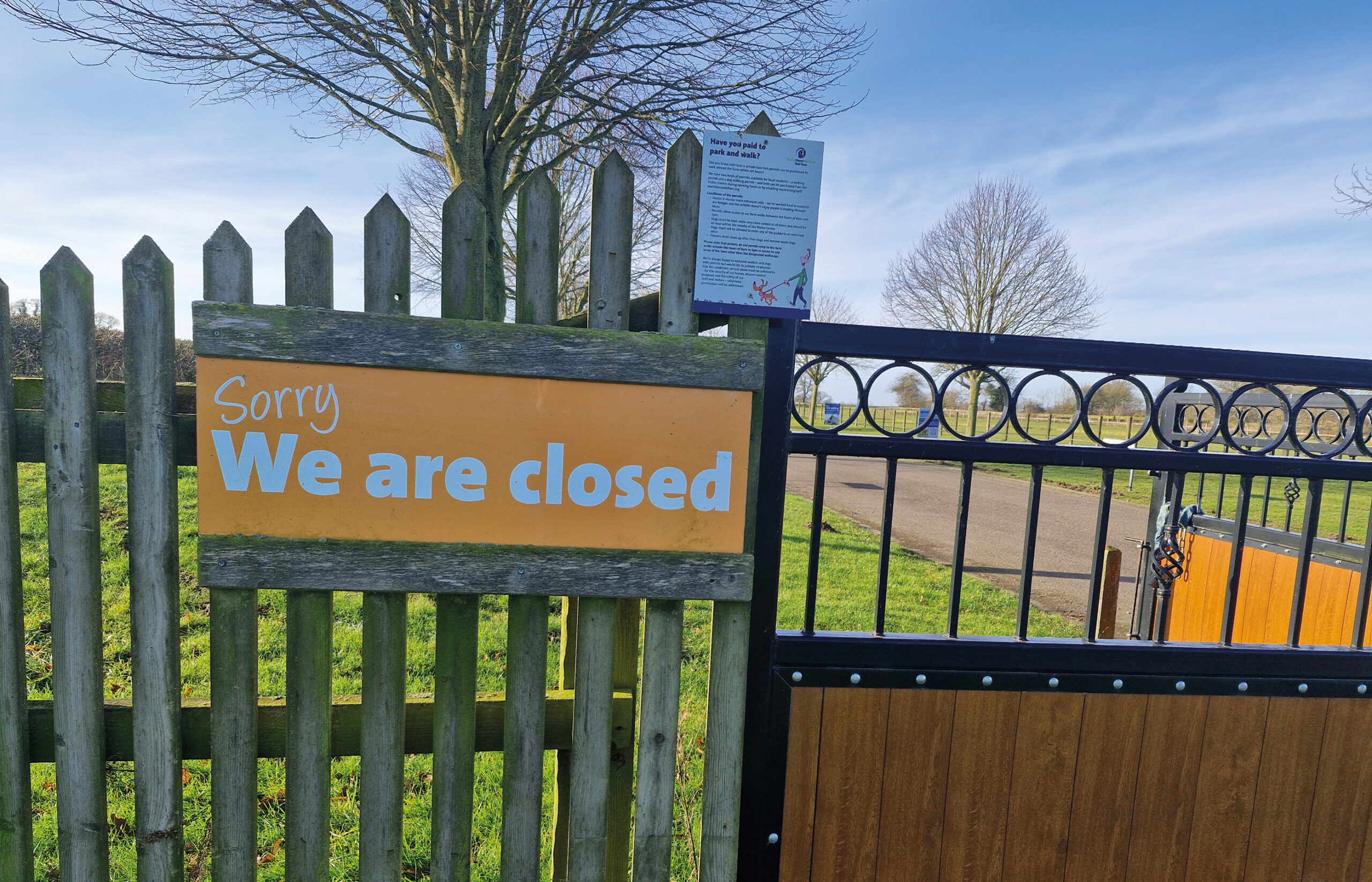
Strangles case identified at our Norfolk farm
A horse at our Hall farm in Norfolk has tested positive for strangles, a highly infectious respiratory disease.
Enjoy reading stories like this?
Join over 65,000 other horse lovers and sign up for our email newsletter

Join over 65,000 other horse lovers and sign up for our email newsletter
Sign me up now